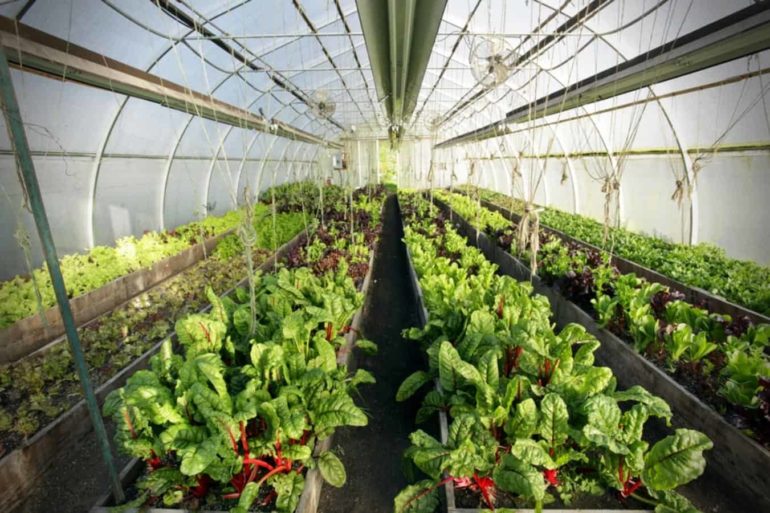Agriculture, including forestry and fisheries, is the sector most threatened by climate change. At the same time, the agricultural sectors produce a fifth of the world’s greenhouse gas emissions.
The transformation of the agricultural sectors to address climate change for adaptation and mitigation is essential to tackling hunger and poverty, and offers considerable benefits and opportunities for preserving natural resources.
At the COP21 summit in Paris, countries made unprecedented commitments to adapt to and mitigate climate change. The agreement recognizes “the “fundamental priority of safeguarding food security and ending hunger, and the particular vulnerabilities of food production systems to the adverse impacts of climate change”. This is echoed in country commitments where the agricultural sectors stand out as a priority.
Now, at COP22 in Morocco, we have the opportunity to make significant progress, by making agriculture a major part of the solution.
Transformation to sustainable agriculture will require tailor-made solutions and an enabling environment, resources and time. The world’s primary food producers include around 500 million smallholders and family farmers engaged in a variety of farming practices and environmental conditions. As a result, there is no single formula for sustainability.
For that very reason, rapid deployment of support for that transformation is critical.
In 2016, July and August were the hottest ever in recorded history, underscoring the urgent need to dramatically scale up our efforts on climate action.
The good news is that a radical shift to climate-smart sustainable agriculture is possible, and rural smallholders – the most vulnerable of all – can not only adapt but actively contribute to global climate stabilization.
To do so effectively, they will need support as they do not have any reserves to invest in new farming practices. The sooner we start to focus actions on people in rural areas of developing countries, the better. There is not much time as the adverse impacts of climate change on agricultural livelihoods will hit harder and faster in sub-Saharan Africa, South Asia, and Small Island Developing States.
Plenty of viable and affordable ideas for climate actions exist, ranging from efficient practices used in agroecology and those outlined in FAO’s Climate-Smart Agriculture and Save and Grow approaches to techniques such as the broader use of nitrogen-fixing cover crops and methods to cut methane emissions involved in growing rice or raising livestock.
The Food and Agriculture Organization of the United Nations actively supports countries in these multiple efforts, from improving soil fertility, efficient and sustainable water use, management of crop and livestock varieties to protecting biodiversity and helping member states build technical and policy capacity.
The Paris climate agreement, the world’s first legally binding global climate deal, explicitly recognizes the importance of harnessing climate action to drive sustainable development – something the agricultural sectors are uniquely positioned to do.
It is essential that we keep the momentum going.
As rural communities in developing countries are the least responsible for climate change and the most exposed to its adverse impacts, enabling them to respond is both a duty and a collective interest.
Private and public investment will be required urgently. The benefits of immediate action will vastly outstrip the short-term cost.
New funding facilities, such as the Green Climate Fund, are now available. International and public funding for climate change adaptation and mitigation in agriculture need to catalyse even larger flows of national and private investments. And, given the great potential to eradicate hunger and poverty while also contributing to climate change mitigation, more climate finance should be channelled towards sustainable agriculture.
What we really need now is political will, commitment to execution and policy coherence. If we don’t act now, we will not be able to eradicate hunger and poverty by 2030, as foreseen in the global Sustainable Development Goals. Worse, even more people – as many as 122 million – could be at risk of undernourishment by 2030 than would be the case in the absence of climate change.
Marrakesh can and should become the place where we assign agriculture its central role in solving the triple threat of hunger, poverty and climate change.















